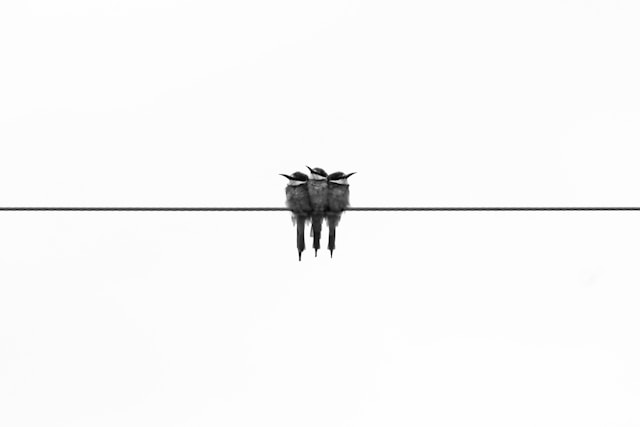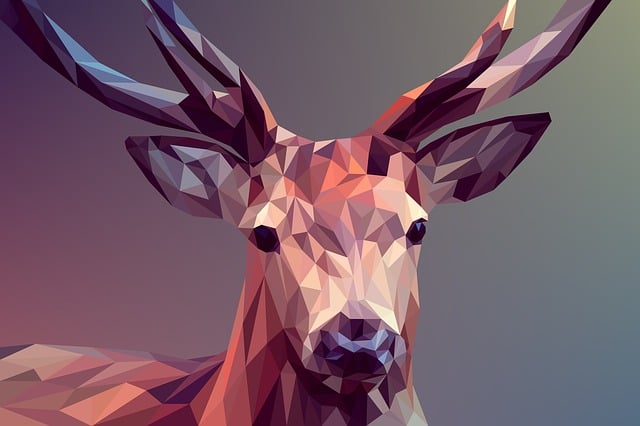From primitive cave walls to contemporary digital masterpieces, animal art has been a consistent form of artistic expression throughout human history. Whether it’s a lion etched in charcoal on a stone wall or an intricate watercolor of a bird, animal art captures more than just likeness—it is a reflection of human culture, emotion, and our enduring connection to the natural world.
This appeals to both animal lovers and art enthusiasts alike, and its influence can be seen not only in galleries but also in home decor, fashion, and conservation efforts around the world. This article dives into the fascinating world of animal art, tracing its history, significance, and its diverse manifestations in modern-day life.
Table of Contents
From Sacred Symbols to Masterpieces: A History of Animal Art
Animal Art in Ancient Times
The earliest depictions of animals in art date back to the Paleolithic era, around 40,000 years ago. Ancient humans etched, carved, and painted animals on cave walls, such as the iconic horse and bison drawings found in the Lascaux Cave in France. These animals were thought to hold cultural significance, symbolizing survival, spirituality, or even serving as a connection to deities.
Across various civilizations, animals have consistently been a subject in art. From Egyptian hieroglyphs showing revered cats to the intricate depictions of animals in Chinese ink wash paintings, animal art played a central role in portraying the relationship between humans and nature.
The Renaissance and Beyond
The Renaissance in Europe saw a surge in realistic it as advances in science allowed artists to explore anatomy in greater detail. Famous artists like Leonardo da Vinci often sketched animals as part of their anatomical studies. Later, 18th- and 19th-century Europe produced dedicated wildlife artists like John James Audubon, whose celebrated “Birds of America” series showcased a stunning range of avian species.
Today, contemporary forms of this, such as photography and digital illustration, ensure that the tradition continues in innovative and exciting ways.
Also Read: Yarn Art for Beginners: Tips, Trends, and Creative Inspiration
Why Animal and Bird Art Matters
This is more than decoration—it holds cultural, ecological, and emotional value.
Supporting Conservation Efforts and Raising Awareness
One of the most powerful aspects of animal art today is its role in fostering awareness about endangered species and ecological conservation. Wildlife artists like David Shepherd dedicated their work to amplifying the plight of endangered animals. Art exhibitions and wildlife prints often directly support conservation organizations, with proceeds going towards protecting species like tigers, elephants, and rhinos.
It also plays a role in environmental education. Striking depictions of wildlife evoke empathy and inspire action, making it a potent tool for advocacy and environmental campaigns.
Our Emotional Connection to Animals

Animal art appeals to human emotions like curiosity, love, and kinship. Whether it’s the serene gaze of a horse or the playful expression of a dog, it brings us closer to nature.
Also Read: Tuesday Morning Blessings You Can Use This Week
Masters of the Genre: Renowned Animal Artists
Several artists have carved a name for themselves in the field of animal art through their unique styles and commitment to depicting the animal kingdom.
- John James Audubon
Known for his lifelike portrayals of North American birds, Audubon’s work is both visually stunning and biologically accurate.
- Rosa Bonheur
A trailblazer in the 19th century, Bonheur was celebrated for her powerful paintings of horses and other livestock.
- Robert Bateman
A contemporary wildlife artist, Bateman is renowned for his ecological realism and dedication to conservation causes.
- Charley Harper
Known for his minimalist and modern approach, Harper’s vibrant animal illustrations remain highly popular in today’s design and home decor trends.
How to Create Your Own Animal and Bird Art
Fancy trying your hand at animal art? With the right techniques and tools, you can explore your creative side.
Tips for Beginners
- Observe Your Subjects Closely
Whether you’re using photos or studying animals in nature, pay attention to their anatomy, movements, and expressions.
- Choose the Right Tools
For sketching, a mix of pencils of varying hardness is ideal. Watercolors or acrylics work great for beginners exploring painting.
- Start Simple
Focus on the shape and form of your subject first before adding intricate details. Basic shapes often serve as the foundation for more complex depictions.
- Experiment with Styles
Don’t be afraid to explore different artistic styles. Try realistic sketches, surreal compositions, or abstract forms to decide what feels right for your creative expression.
Advanced Techniques
- Invest time in learning about animal anatomy to improve the accuracy of your work.
- Use digital tools such as Adobe Photoshop or Procreate for more advanced illustrations.
Animal Art in Modern Living
Animal art isn’t confined to museums—it’s a thriving part of popular culture and everyday life.

Home Decor and Fashion
Animal art prints, ranging from minimalist line sketches to vibrant abstract images, adorn many modern homes. Additionally, wildlife-inspired patterns are staples in fashion, particularly in scarves, bags, and apparel designs.
Popular Culture and Media
Movies, comic books, and even advertisements frequently feature animal-inspired visuals. From Disney classics like The Lion King to playful animal illustrations in children’s books, animal art has a profound cultural currency.
Where to Explore and Purchase
If you’re looking to support animal artists—or find the perfect bird print for your wall—here are some great online platforms to begin your search:
- Etsy: A treasure trove of illustrated wildlife prints and handmade animal-themed decor.
- Saatchi Art: Offers a variety of high-quality, original animal art.
- Art finder: A platform that connects buyers with independent animal artists worldwide.
- Wildlife Art Galleries (regional options may vary): Many physical and virtual galleries specialize in showcasing local and international wildlife artworks.
Animal Art’s Timeless Appeal
Animal art is far more than a fleeting trend—it’s a testament to humanity’s enduring connection with the natural world. From its roots in ancient caves to its presence in modern living rooms, it continues to inspire, educate, and delight us all.
Whether you’re an admirer, collector, or aspiring artist, there’s something in animal art to captivate every individual. Share your favorite pieces or artists in the comments below, and experience the wonder of this timeless genre.



Pingback: How Fishing Art is Inspiring Passion and Creativity Everywhere
Pingback: Wooden Wall Decor Ideas for Sustainable Style